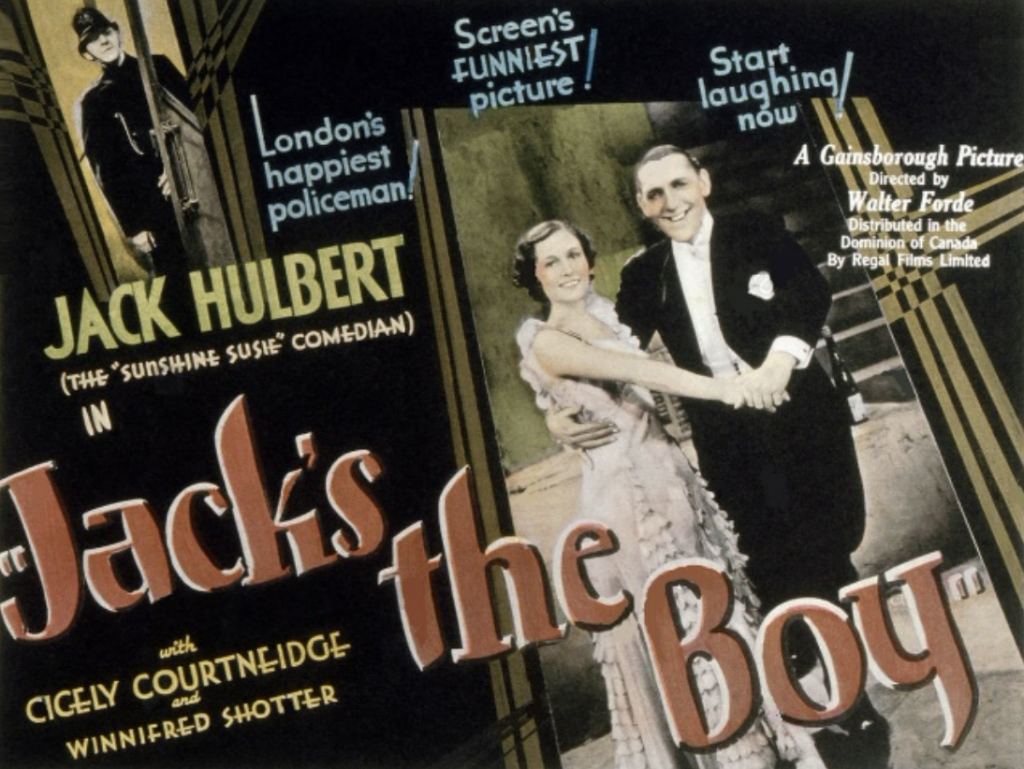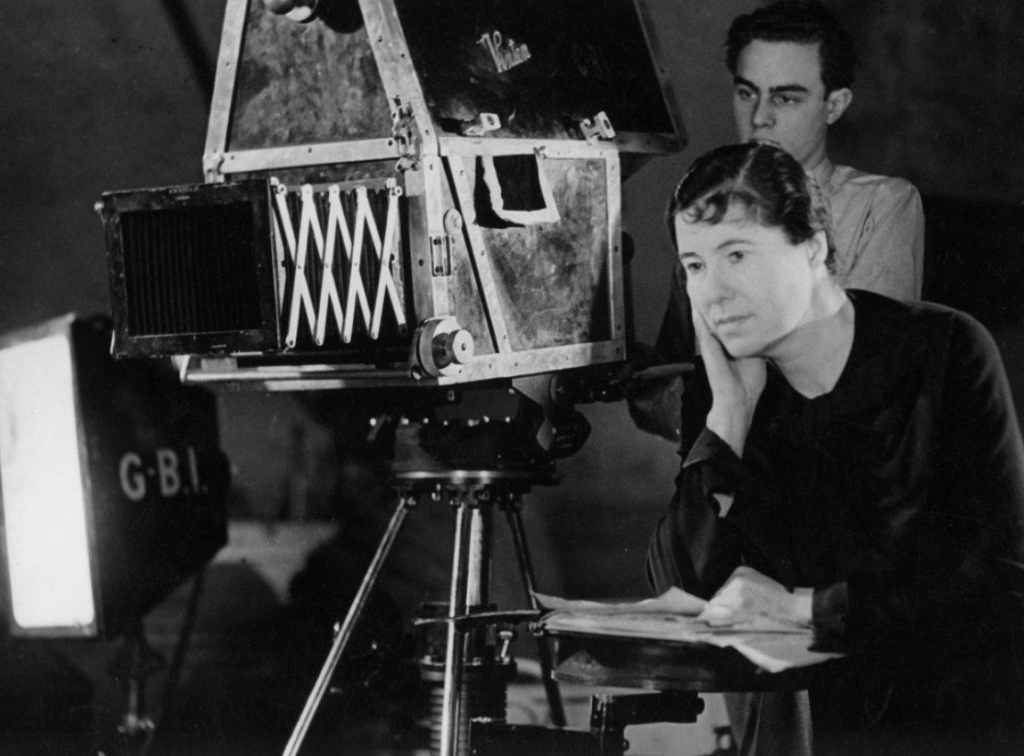‘Good films and good fun’: Children at the Everyman in the 1930s
Margaret O’Brien posted August 2021
Going to the pictures In the 1930s, when cinema was central to everyday life, meant first run Hollywood or British films at one of the big circuit cinemas like Odeon, ABC, or Gaumont, or maybe a visit to a local independent which showed second run or older films. The Everyman was different. Opened at Christmas 1933 as an independent cinema with a mission to show quality films from all over the world, it concentrated on European films with subtitles. However, my investigation of the advertised programmes in the 1930s shows that family friendly films from Hollywood, like the Marx Brothers or Astaire and Rogers, were also a regular part of the programme. In addition, films certified as U and targeted at children and their families were always shown in the school holidays. British musical comedies were popular in these holiday periods, especially if they starred music hall husband and wife duo, Jack Hulbert and Cicely Courtneidge, who made a series of hit comedies including Jack’s the Boy (1932), Love on Wheels (1932), Jack Ahoy (1934) and Bulldog Jack (1935). The repeated choice of Hulbert, the biggest British male star of the first half of the 1930s, was obviously a successful programming strategy.

Jack’s the Boy
The Everyman also had a childrens film club which ran from 1934 until the outbreak of war in 1939. Children’s clubs were widespread in the 1930s, when the major chains, including Granada, ABC and Odeon, ran Saturday morning pictures catering to a mass market of children. Odeon’s Mickey Mouse clubs, started in 1934, followed the successful American model but had its own Odeon creed and club song. Odeon cinemas, which numbered over 250 by the end of the 1930s, catered for many thousands of children who queued up for programmes which typically included Mickey Mouse, a feature film which was often a B Western, and a serial like Buck Jones or Flash Gordon, along with singalongs and competitions.
But the Everyman children’s club owed more to the influence of the film society movement with its educational aspirations than to the commercial cinemas. Like all members of film societies, the children signed up for a season of films in the Winter months, paying 5/- for a six week almost double that of the chain prices which ranged from 3d to 6d.* And the films at the Everyman were decidedly more educational, with all sessions led by film makers or critics and regular visits to the projection box. The stated aims, to have ‘good films and good fun’ and to introduce the children to ‘the wonders of film making’ involved a programme of short films which included Children’s News and cartoons probably Mickey Mouse and one of the Disney Silly Symphonies like The Grasshopper and the Ant.
In the absence of short adventure films for children, documentaries were a regular part of the programme. A 1935 film, about the Thames docks which featured canine superstar in the making, Scruffy, the rescue dog belonging to the film’s director, Bernard Browne, was well received. Other favourites were the Secrets of Nature, a long running and popular series which, using cinematographic techniques like microscopic, time lapse and even under water cinematography introduced audiences to subjects as varied as lives of plants, the life history of the frog or the habits of the nightingale. Mary Field, Secrets of Nature producer and pioneer of film education for children, came to talk about her acclaimed bird films.Other leading documentary film makers who engaged with the children included Paul Rotha and Humphrey Jennings.

Mary Field at work
Although advertised as being for all young people, the price of the club and possibly the programme must have limited its appeal. Many children would have chosen the cheaper Saturday morning pictures at the local Odeons on Haverstock Hill and Swiss Cottage Odeon. But the Everyman Children’s Club was an important pioneer of film education for children, offering them a practical introduction to the work of film making as well as ‘good films and good fun’.
*A note on pre-decimal currency. 5/- is 5 old shillings, worth about 25p today. 3d is 3 old pence, worth about 1p today.
If you have an interest in children’s cinema see All Pals Together: The Story of Children’s Cinema by Terry Staples
Any further information or memories of children’s cinema in the 1930s or later in the 1980s or 1990s gratefully received.